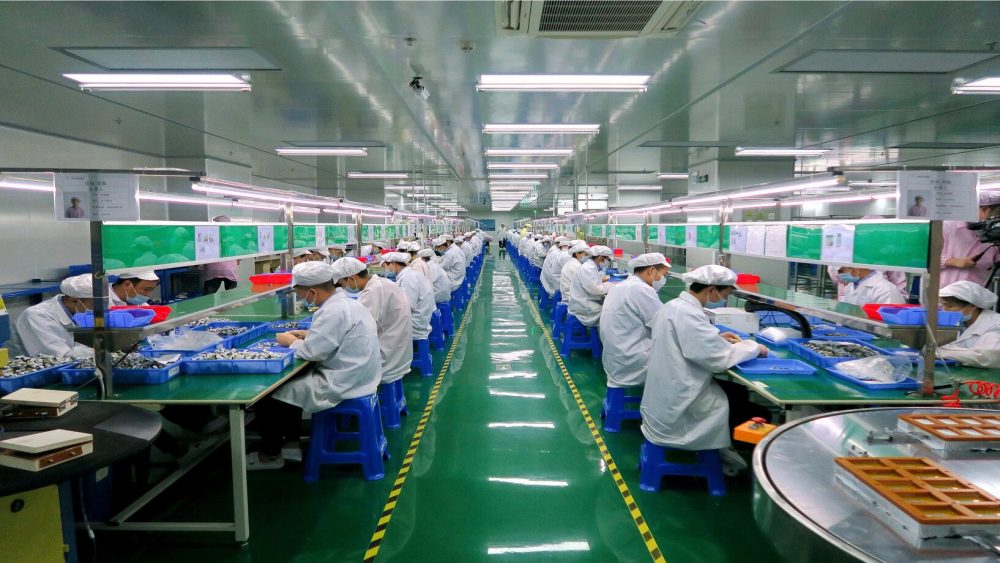Looking at the financial impact that a product liability lawsuit can have on a manufacturer, anticipating those issues by transferring this risk to an insurer is essential. To do so, it is important to understand the companies needs and pay attention to international impact of such claims.
The financial impact for product liability claims can be colossal for impacted companies. They may need to indemnify many potential victims, or pays for material or immaterial damages, but also put in place a logistically complicate product recall campaign. It is therefore important for companies to understand those risks and secure themselves by buying a product liability insurance.
But buying this insurance requires to pay attention to key points, and take into account the international dimension if the product is exported overseas.
What to pay attention to when buying product liability insurance
- Subcontracting
The company that is manufacturing a potentially defective product may have subcontracted part or totality of the product. Most policies will cover the risks in relation to subcontractors, but it must be reported properly to underwriters. They may require subcontractors to have their own insurance. Indeed, even if policy will cover the liability of manufacturers which is due to subcontractors, it will on no occasion extend the coverage to those subcontractors. And it is therefore important not to contractually restrict the possibility to sue them in event of default in their subcontracted part.
- Series of similar claims
One of the particularities of product liability insurance is that it may affect several products from the same series, so it is possible that several damages may be triggered with one similar product, simultaneously or at different date, with same default. If the manufacturer produces in series, it must pay attention to his policies and make sure policy deductible is not applicable to each and every claim of same issue, and that policy limits, which are set per year and claim, will be covering enough when it comes to multiple similar claims. In insurance law, several similar damages caused by a product will be considered as one claim, as legal experts will consider that the trigger of those multiple claims is the delivery date of those default products.
- Policy limits and extensions
As we saw above, series of claims could quickly increase the loss amount so paying attention to the annual claim limit is very important. Insurers will often share the risks with other insurers or set different layers of insurances, so once the 1st layer is used, the 2nd one and successively can be used.
- Exclusions
Paying attention to the policy exclusions is also essential. There is common exclusion like for crime or insured’s irresponsible behaviour, but most important are the specific ones:
1/ It is important to highlight that the defective product is not covered per say but only the damaged caused by it. Costs related to the change or replacement of defective product will not be covered by product liability insurance policy. To cover these risks, insured will need to set up another policy, product guarantee, which is quite hard to put in place in China.
2/ The cost of product recall is also not covered by product liability insurance. Product recall insurance is needed to cover all the cost related to recall of defective product, including communication cost, cost of looking for those products, cost of removing/dismantling them, as well as storage and destruction costs. This policy can be taken as an extension of product liability insurance or as a standalone policy.
International impact of product liability insurance
It is important to consider the international perspective when buying a product liability insurance, as it is quite likely that products will be sold directly oversea or indirectly, as components of products exported. In this last case, the company that manufactures those components may not know the destination of its product, so it is important to extend the coverage to worldwide in first place. If the company has several subsidiaries overseas, it will have to look at a global contract, and include all subsidiaries under product liability program.
They are two types of international programs. Either a non-integrated international program where the mother company set up an umbrella policy which will come on top of all local policies bought by each subsidiary, or an integrated one where mother company’s insurer will handle global risk and issue local policies for each subsidiary.
In event of claim in one of the subsidiaries, in non-integrated programme, local policy will manage the claim, but umbrella policy will cover any difference in conditions (DIC) or difference in limits (DIL):
- Difference in conditions (DIC): it will allow umbrella policy to complement local policy if some extension/wording differs with global policy
- Difference in limits (DIL): if the local policy limits are exhausted, umbrella policy will then be able to respond.
There are many pitfalls to tackle prior to setting up a product liability insurance. Talk to professional to make sure the policy is matching the requirements you may have. Write to us if you want to know more.



Comments are closed.